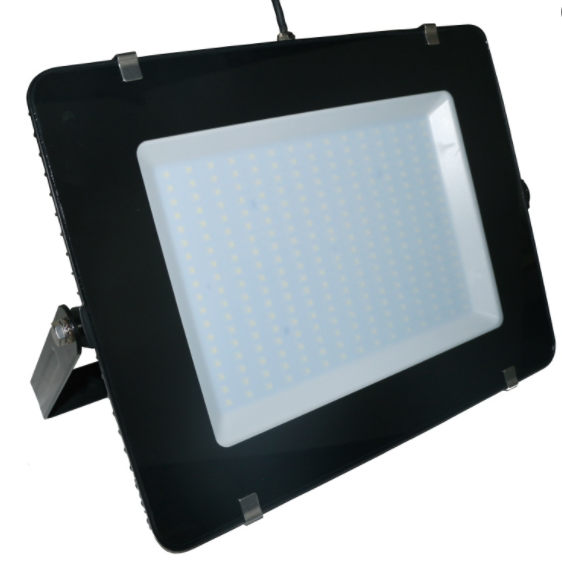Lighting Comparison: LED vs High Pressure Sodium/Low Pressure Sodium 1
Lighting Comparison: LED vs High Pressure Sodium/Low Pressure Sodium
What is a High Pressure Sodium Light?
What is a Low Pressure Sodium Light?
Commonalities Between LPS & HPS Lights:
LED Lighting:
What is a Light Emitting Diode (LED)
LED stands for light emitting diode. A diode is an electrical device or component with two electrodes (an anode and a cathode) through which electricity flows - characteristically in only one direction (in through the anode and out through the cathode). Diodes are generally made from semi-conductive materials such as silicon or selenium - solid state substances that conduct electricity in some circumstances and not in others (e.g. at certain voltages, current levels, or light intensities). When current passes through the semiconductor material the device emits visible light. It is very much the opposite of a photovoltaic cell (a device that converts visible light into electrical current).
What is the Difference Between Sodium Vapor and LED Lights?
The two different technologies are entirely different methods of producing light. Sodium vapor bulbs contain metals that are evaporated into inert gas within the glass casing while LEDs are a solid state technology. Both technologies are very efficient. The difference is that sodium vapor lights were the most efficient technology of the 1970s while LEDs are the modern day equivalent. Although sodium vapor lighting beats virtually every other technology in terms of energy efficiency (which is why it was chosen to illuminate the streets of so many cities), it loses out to LEDs. Both LEDs and sodium vapor lights emit electromagnetic radiation across a small portion of the visible light spectrum, however, LEDs waste much less energy producing waste heat and they also provide an incredibly better variety of high color rendering index options to the user (thus eliminating the monochromatic black appearance of objects illuminated by LPS and HPS bulbs).

 Lighting Comparison: LED vs High Pressure Sodium/Low Pressure Sodium 2
Lighting Comparison: LED vs High Pressure Sodium/Low Pressure Sodium 2
 Lighting Comparison: LED vs High Pressure Sodium/Low Pressure Sodium 1
Lighting Comparison: LED vs High Pressure Sodium/Low Pressure Sodium 1



